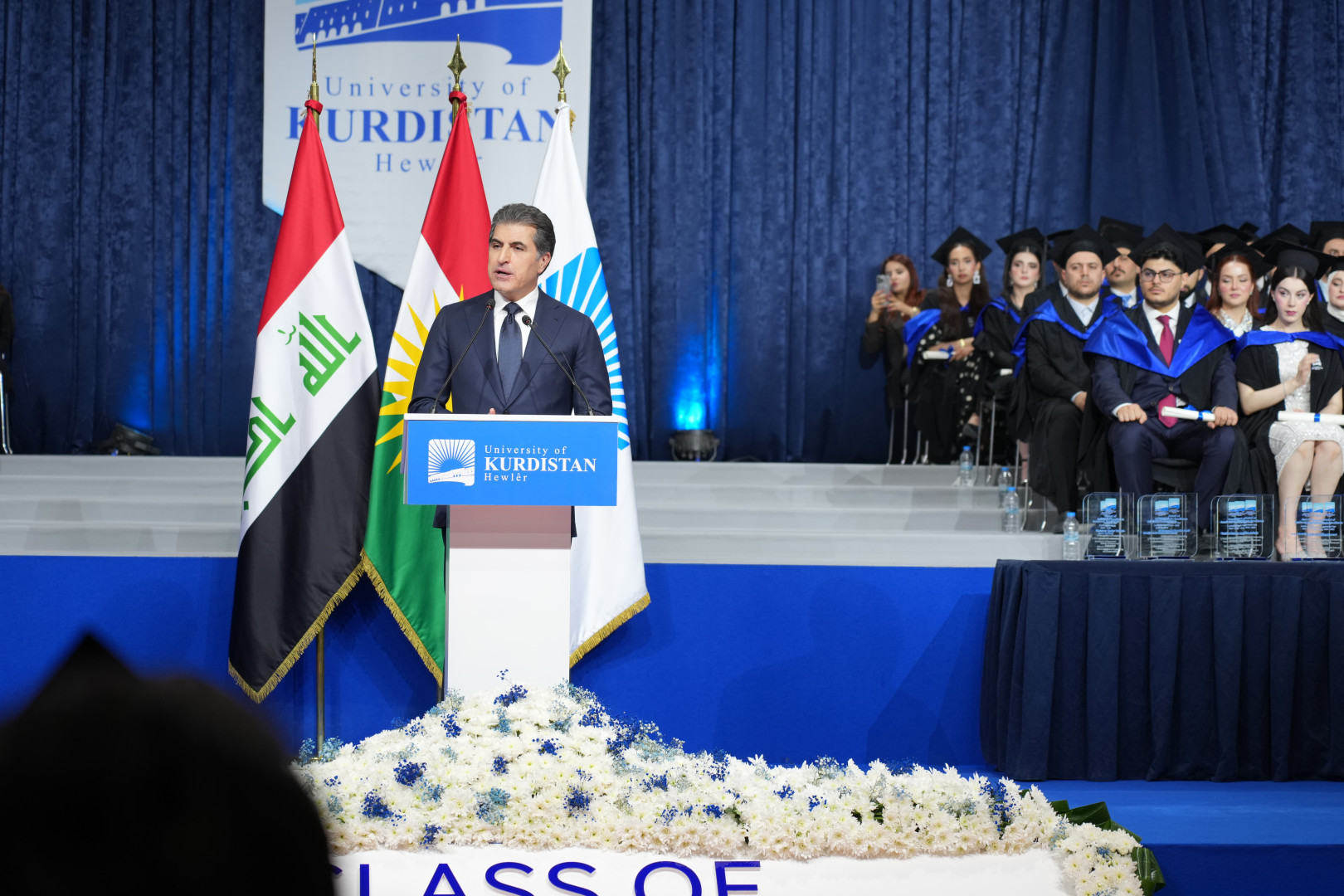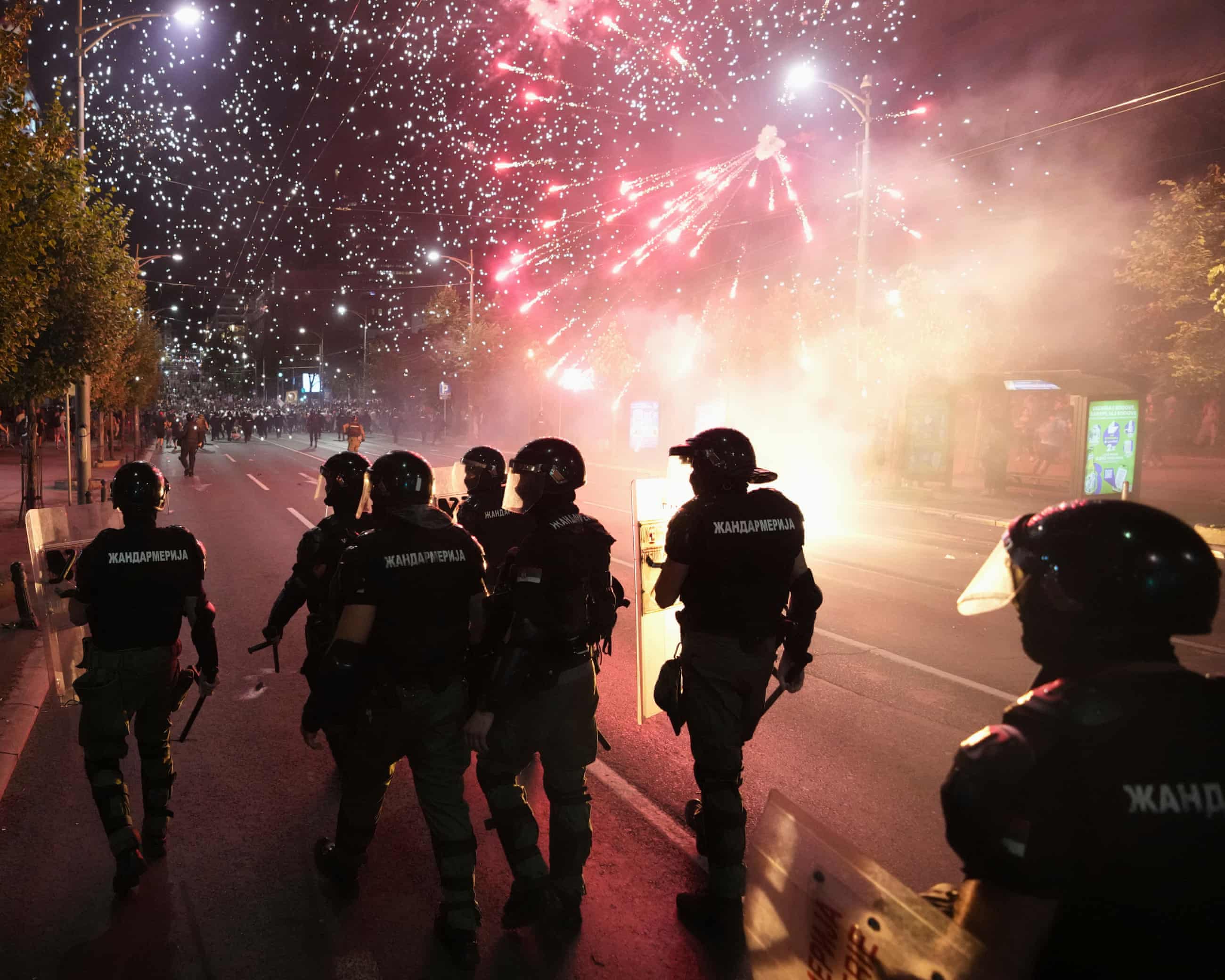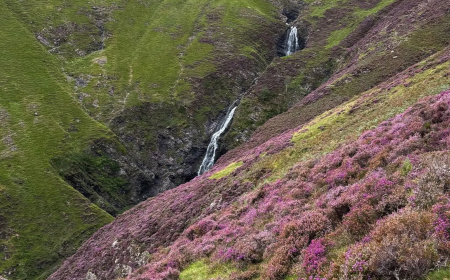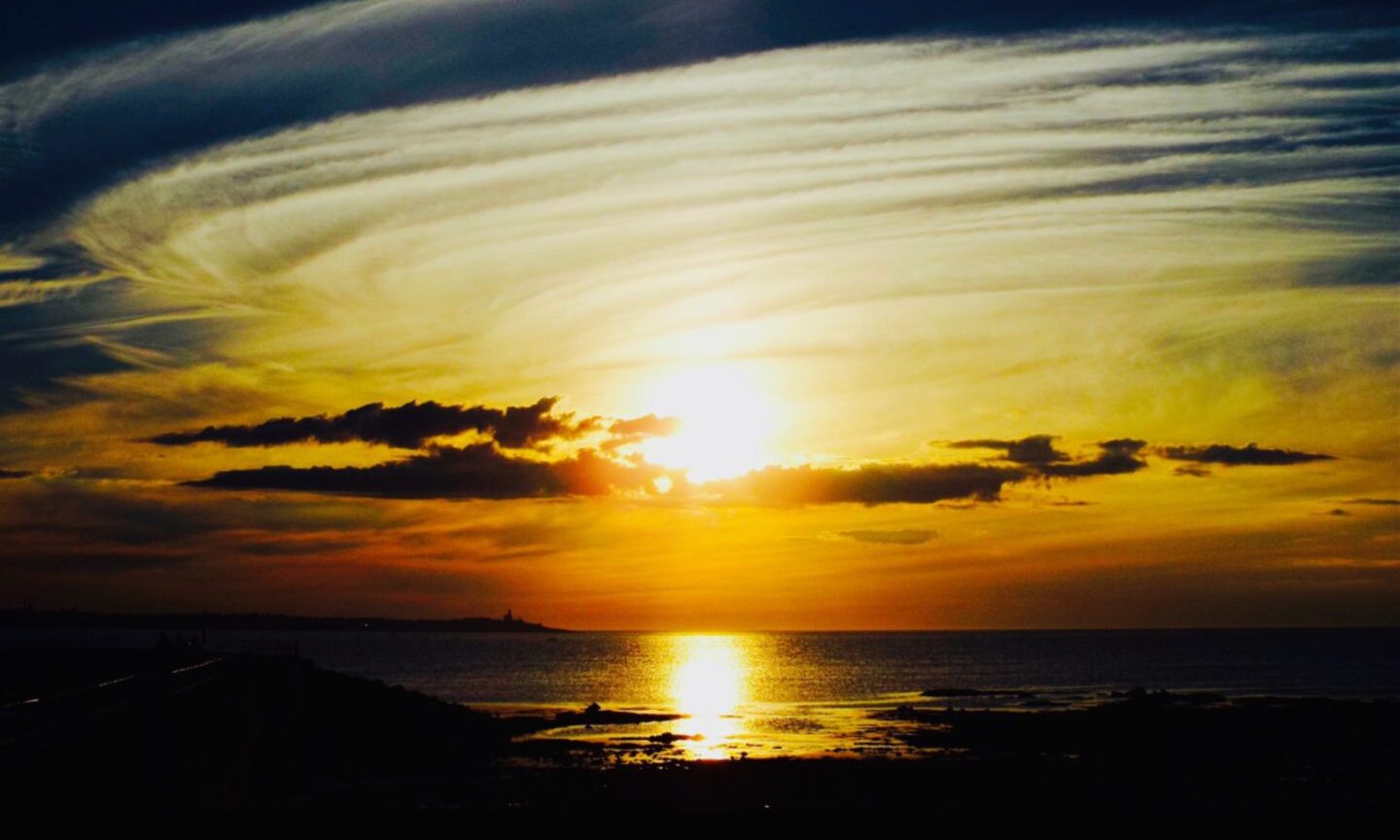Air Itam: Where Penang’s past still breathes

GEORGE TOWN, Nov 9 — The township of Air Itam may be known for its famous tourism spots such as Penang Hill, Kek Lok Si Temple and Suffolk House, but it had its beginnings as an agricultural township with plantations and mills back in the early 19th century.
From farms to foothills
The township, sprawled around the foothills of Penang Hill, slowly grew as farmers and workers from the plantations and farms settled down at the foothills, gathering to trade and sell their goods.
Among the earliest records of industries in the growing township then were paintings of the Chinese Mills by the river at the foothills dated 1818 by Captain Robert Smith.
Another painting by James Wathan titled it as Ah Mee’s House and Mills.

Penang Heritage Trust president Clement Liang said Ah Mee’s (or Amee) mills were one of the earliest landmarks located around the foothills near the river named Sungai Air Hitam.
“The mill was built near the river as it is powered by the river,” he said.
The first spice plantations for pepper and nutmeg were also located around the hilly areas of Air Itam, growing alongside vegetable and fruit farms.

Trams and temples: The town takes shape
Air Itam was also one of the first towns to be connected by the first steam trams introduced in 1888 and operated by the Kerr Stewart Steam Tramways Company from Stoke, England.
These steam trams were cars being dragged by steam locomotives on a railway system and the first line operated on a single metre gauge from the jetty to Air Itam with branch lines from the prison to the Botanic Gardens.
However, the steam trams were failing by 1898 so when electric lighting was approved, electric tram tracks were laid and an overhead trolley system using electrified lines were installed.
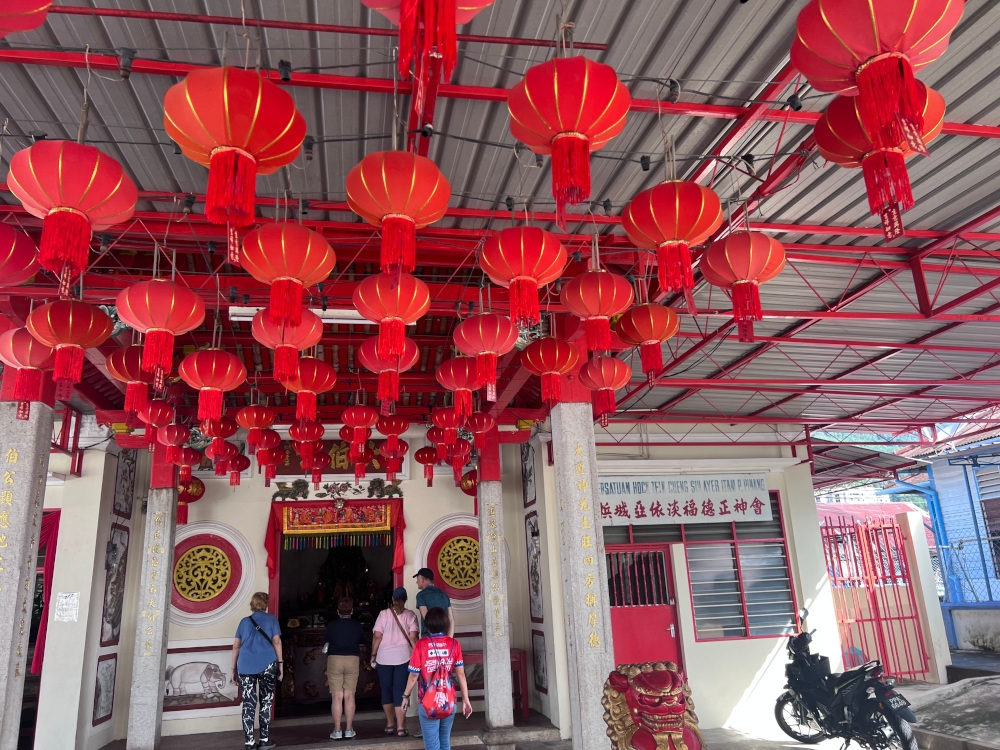
The first electric tram system started operating in 1906 and provided a direct connection from Air Itam to the jetty for passengers, complete with cars to transport goods.
The growing number of residents in the bustling township also saw the setting up of places of worship, such as the Thai Seong Loh Koon Temple, with Tua Pek Kong as the main deity, that was built around 1885; and Arulmigu Sri Ruthra Veeramuthu Maha Mariamman Devasthanam which started out as a small attar shrine in 1886.
Further out from the foothills of Air Itam, noted Islamic religious teacher, Sheikh Omar Basheer Al-Khalidy, was presented with a house in what is now known as Kampung Melayu.
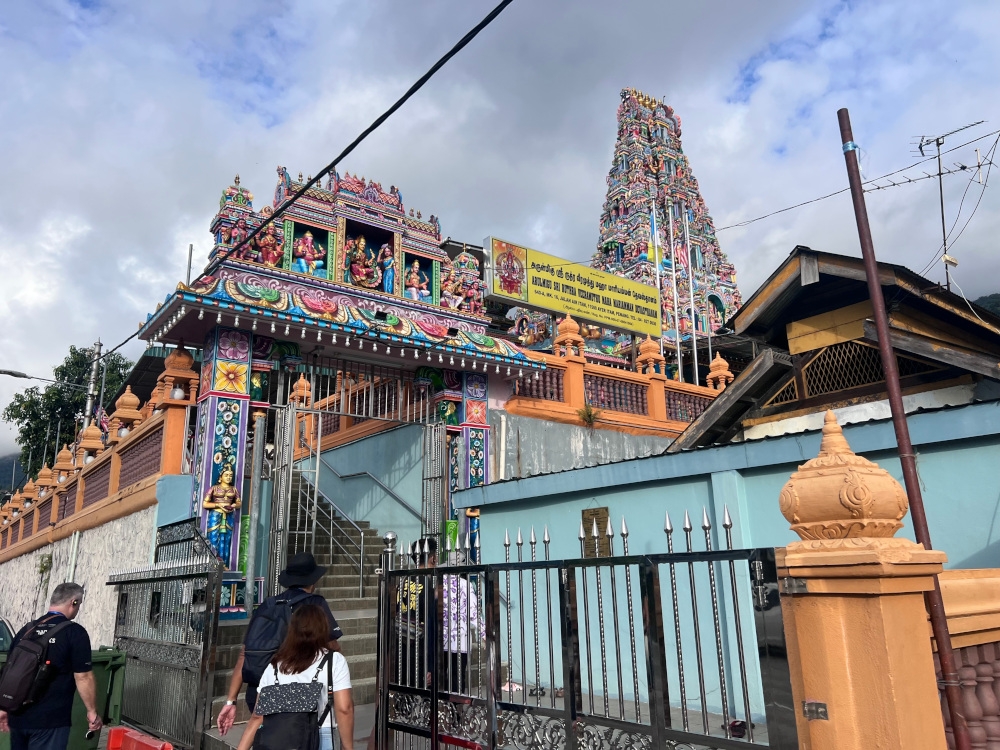
The area was formerly a rubber estate and dotted with fruit orchards, particularly a banana plantation that is believed to be the origins of the name Kampung Pisang and the seven road names of different banana species in the area.
Sheikh Omar, who was an imam at Masjid Jamek in Acheen Street (also known as the Lebuh Acheh Mosque) at that time, introduced a special form of meditation, known as sulok.
He also taught religious classes in Kampung Melayu.
After his death in 1881, a grand mausoleum was built to honour him.
Kampung Melayu was only gazetted as a Malay settlement after the Second World War.
The forgotten zoo of Air Itam
On one of the hilly lands in Air Itam, monk Beow Lean was started construction of Kek Lok Si Temple as he believed the hill had the right feng shui for a Buddhist monastery.
One of Kek Lok Si’s earliest buildings to be completed was the Hall of Bodhisattvas in 1891.
As Air Itam grew as a bustling township of over 100 attap houses at the foothills in the early 1920s, a monk by the name of Fa Kong set up the Penang Zoological Gardens.

The zoo, described as landscaped with decorative bridges and lily ponds, was believed to be one of the earliest zoos in the country.
According to old news records, the zoo featured 10 different species of animals including tigers and lions, and each species was kept in separate artificial caves.
Liang said the maintenance costs for the zoo became too expensive and the animals were starving so the zoo closed its doors before the Second World War.
The existence of the zoo became the origin for the name Zoo Road that is a fragmented road connecting in parts to Jalan Air Itam, Kampung Melayu and Kampung Pisang.
Flames, faith and rebirth
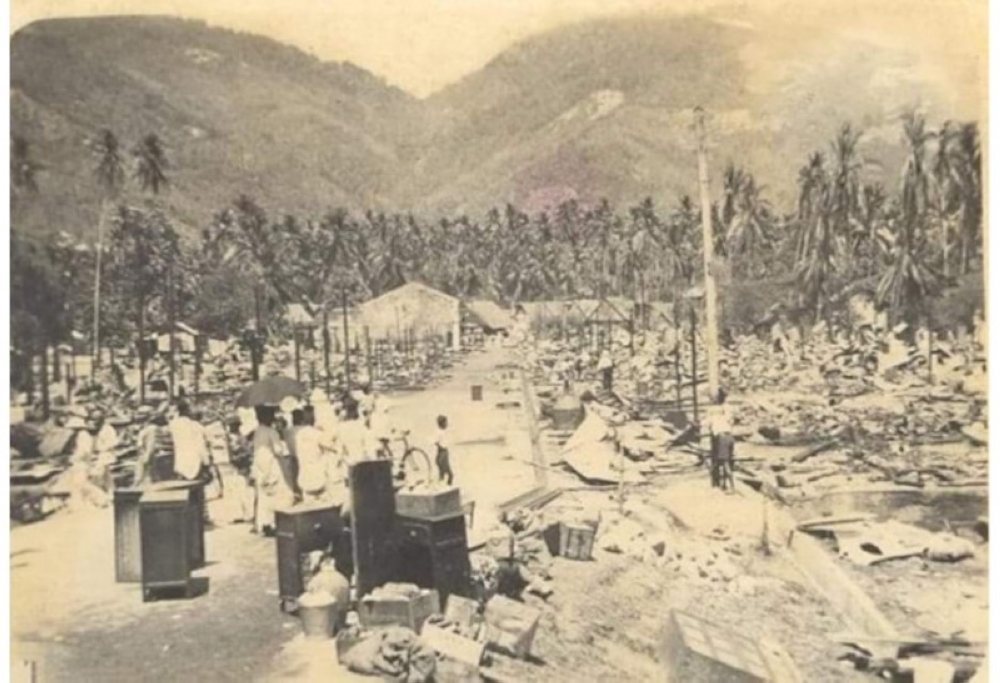
In 1935, the busy township of Air Itam was struck by a fire on Chinese New Year’s Day when more than 100 attap houses were razed, leaving more than 1,000 people homeless.
Only a brick pawn shop and the wooden police station next to it survived the fire.
A decade later, the town was rebuilt with brick houses and the wet market became a focal point for people from George Town to shop on Sundays.
Tour guide Tan Choon Eng, who conducts monthly Air Itam heritage walks to explore some of the historical landmarks there, said the town became a gathering place and entertainment hub.
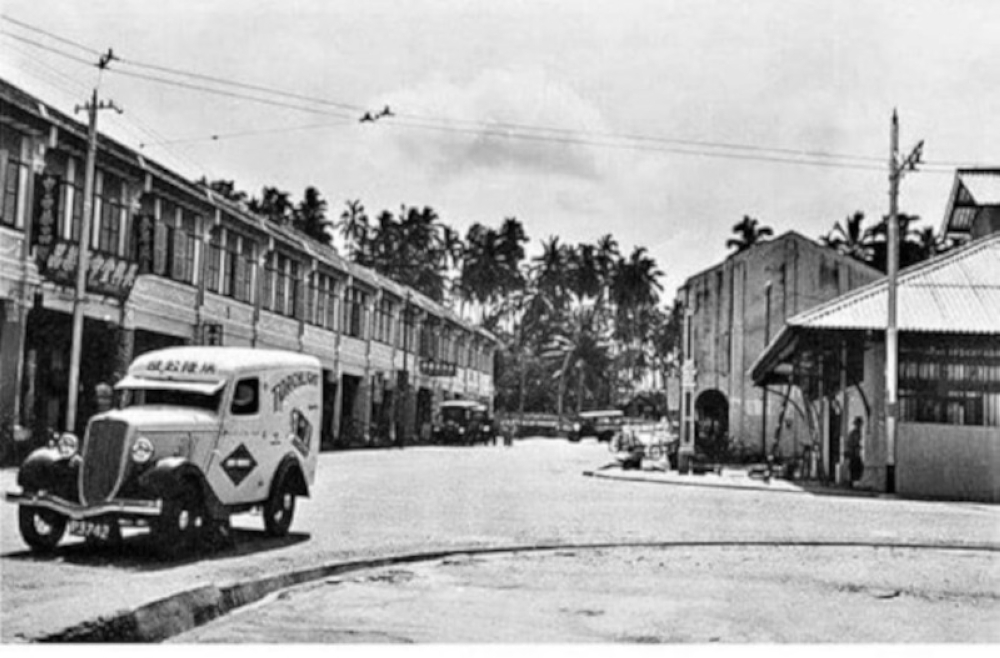
“This is the place where farmers gather and people come to shop at the market,” she said.
After the Second World War, Air Itam continued to thrive.
Liang said the Eastern Garden Amusement Park was built in 1950. A picture of it was featured in a book, Glimpses of Old Penang.
“After a few drowning incidents, the park closed down,” he said.
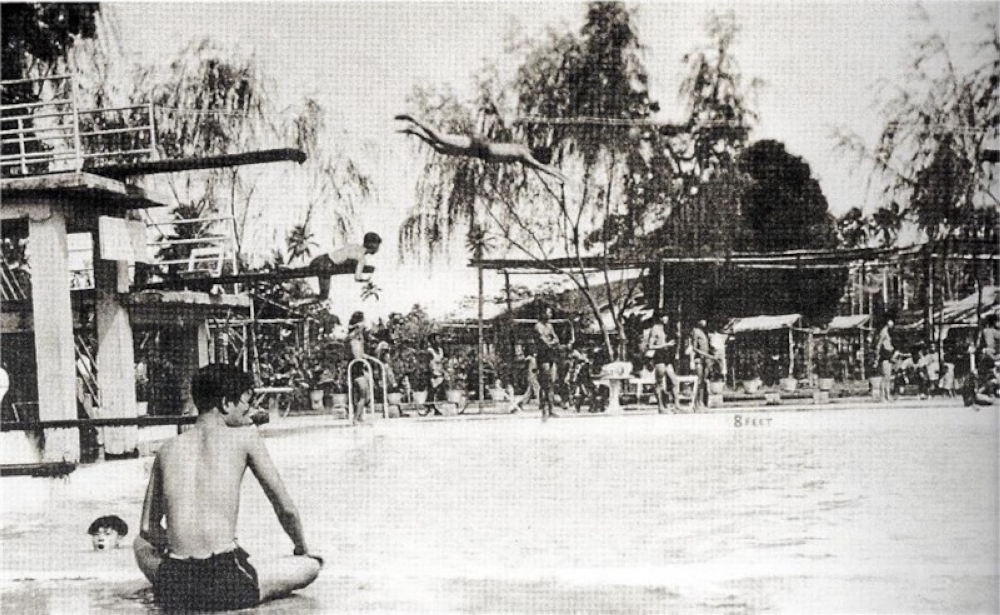
During the same period, the Ayer Itam War Memorial Park was built to commemorate the local Chinese who died during the Second Sino-Japanese War and during the Japanese occupation.
Tan said more than 800 skeletonnes were gathered from different locations all around Penang, cremated and placed in 66 bags that were then buried at the memorial site, underneath the obelisk.
The memorial was upgraded in 2011 and now, each year, at 11am on November 11, a ceremony of remembrance is held at the memorial.
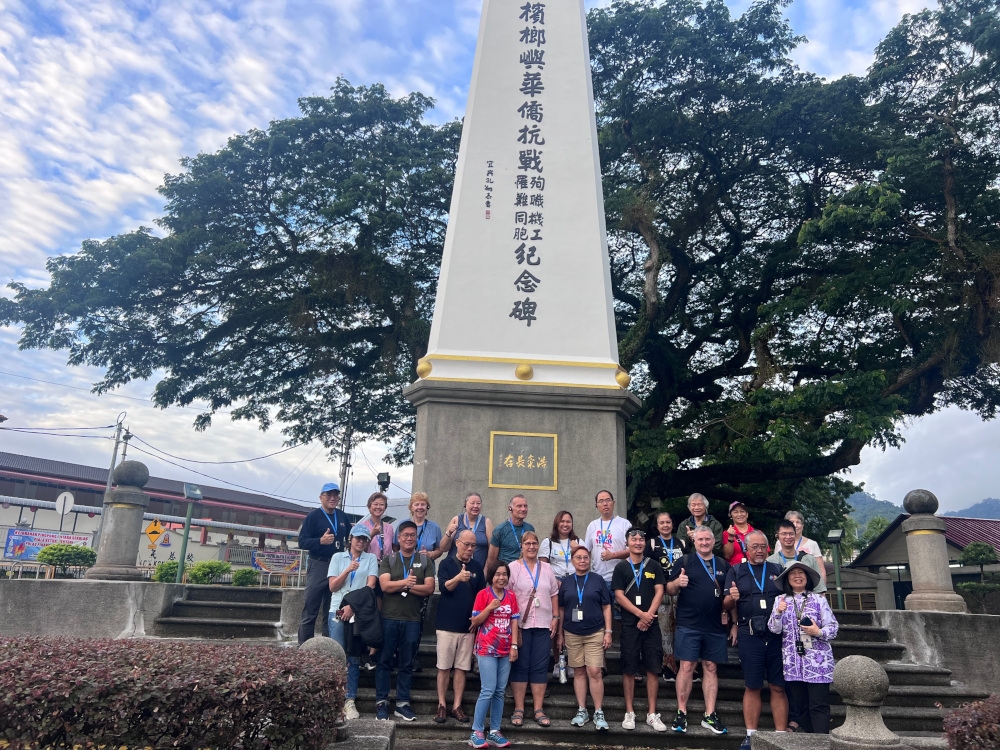
The management of the memorial was under the board of trustees of Kong Min School nearby.
Echoes of the old town
Over the years, Air Itam continues to evolve and grow as the wet market draws more people to the area on weekends.
Air Itam was also the birthplace of a homegrown retail and departmental store group when the Suiwah mini market opened its doors in 1959.
Today, Suiwah Corporation Bhd is a public-listed company with its Sunshine supermarkets in Bayan Baru, Farlim, Taman Lip Sin and Bertam.
The town used to have a theatre too. The Ambassador Theatre opened in the 1960s and was in operation until 1983.
The theatre was converted into Kok Pin Supermarket, then Lai Lai Supermarket and today, the structure remains but it has since been converted into a coffee shop.
The lesser known landmarks in the township have to be the two roads named after two boulders that used to be located near each other.

Tan said the topography of Air Itam consisted of boulders amid the houses, adding that two of them remain untouched along the road leading to the wet market.
“The story was that these two boulders used to be together, as a couple, but over the years, it shifted and they are now far apart but they became the origin for the name of the roads,” she said.
The larger boulder is identified as the “female” of the pair so the road where it was located was then named Jalan Batu Perempuan.
The “male” boulder is smaller and facing the main road but a road before it was named after it as Jalan Batu Jantan.
Today, though the amusement park, zoo and theatre are gone, Air Itam remains a busy tourism spot for those going up to Penang Hill.
Its wet market remains a shopping site for locals from all over the island, with stalls sprawling out from the market complex to line the roads, selling wares from raw food ingredients to sundry items, especially during weekends.

The hawker food stalls around the market also became popular among visitors such as the iconic Sisters curry mee and Air Itam laksa.
Air Itam assemblyman Joseph Ng, together with Penang Walkabouts, introduced monthly heritage walks around the old town Air Itam on the first Sundays of each month.
The heritage walks, limited to 20 pax at a fee of RM30 each, will be held each month until June next year.
Ng said the routes for the two-hour heritage walks will vary each month so that more places can be highlighted to those who signed up for the walks.
[Source: Malay Mail]






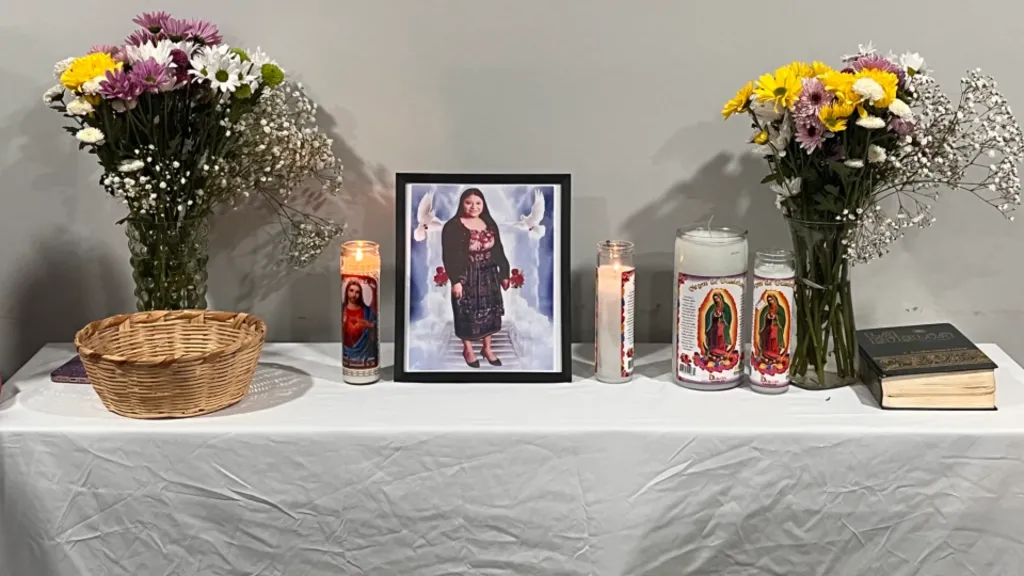





:quality(75)/https%3A%2F%2Fassets.lareviewofbooks.org%2Fuploads%2FSeymour%20-%20March%20of%20Intellect%20crop.jpg)








